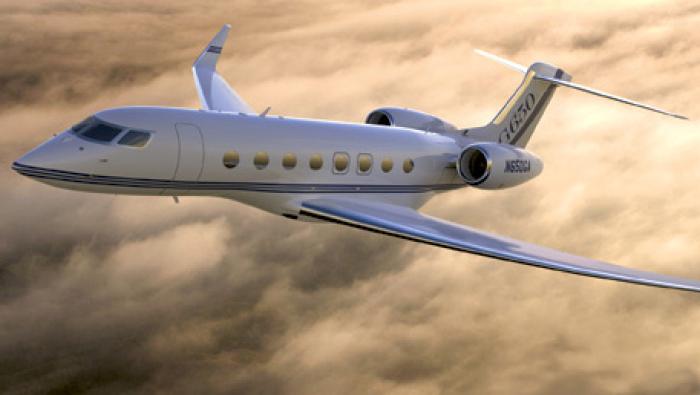Following repeated pleas by the local industry to help it overcome the mounting pressure of Western sanctions, the Kremlin has allocated another 1.6 billion roubles ($24.2 million) in subsidies to the MC-21 program for 2019. Prime minister Dmitry Medvedev said the funds would help MC-21 project participants honor bank credits taken during the project’s research and development stage. Some of the money will also go toward flight simulators, equipment for ground support, and establishing spare parts warehouses. Further plans call an allocation of 4.11 billion roubles in 2020 and other 4.81 billion roubles in 2021.
The move follows an October 2018 report by Russia’s Accounting Chamber that found the total program cost estimate for the MC-21 program increased from 125 billion roubles in 2008 to 438 billion roubles. At the same time, program heads have repeatedly delayed entry-into-service. In 2015, UAC promised EIS in 2018; estimates now call for EIS no earlier than 2021.
Earlier this month UAC issued a statement on additional measures undertaken on the MC-21 effort to overcome the U.S. sanctions. By involving Umatex, Prepreg-SKM and other local members of the Rosatom and Rosnano corporations, the manufacturer aims establish a completely indigenous process of manufacturing large composite airframe parts.
Meanwhile, Russian engineers from Promtech-Dubna/Aerospace Systems have demonstrated a local analog to the airplane’s central computing system, complete with a cable network developed using 3D software. Plans call for the MC-21 to begin flying with alternative Russian engines in the second quarter of 2019. Three deliverable PD-14 engines have reached the final assembly stage, following completion of 13 experimental examples.
The prime minister approved of the efforts and called for more, given what he characterized as U.S. efforts “to put spokes in our wheels” through sanctions on the Russian aerospace sector. “And yet, there is no doubt that we will carry out the import substitution in this sphere so as to ensure the resulting airplane will indeed become a very good product,” said Medvedev.
He added that planners have set a target for annual output at 100 MC-21s. Earlier, UAC spoke of a gradual increase in serial production from 20 to 72 airframes in 2025, and a possibility to boost the rate to 120 later, in the event the backlog warrants it.
A key speaker at a governmental meeting in which Medvedev revealed the subsidies, vice-premier for Russia’s military-industrial complex, Yuri Borisov, said the program has drawn firm orders for 175 MC-21s, including a commitment from launch customer Aeroflot. A recent forecast estimates sales at 850 aircraft. As Borisov put it, the MC-21 will challenge the domination of Boeing and Airbus jets in the Russian commercial fleet “so as to replace them as soon as possible.”
Program leaders expect that by 2022, the level of local content will reach 97 percent, thereby rendering MC-21 production “practically nondependent” on foreign suppliers. The sanctions imposed by the West will not force Moscow to revise earlier strategic decisions on the MC-21, including those involving seating capacity ranging from 150 to 210 passengers, according to Borisov.
To date, two operable prototypes have performed 122 test sorties, according to Borisov. They included touchdowns at 150 knots to test the landing gear. UAC expects to finish certification trials in the second half of 2020, enabling first delivery to Aeroflot by the end of that year. Schedules call for first flight of the third prototype to take place imminently, while engineers ready the fourth to join the program in the second quarter of this year. Another specimen for fatigue testing is under assembly, in addition to one already undergoing structural tests at TsAGI. Vendors have begun shipping components for the first production airplane.







